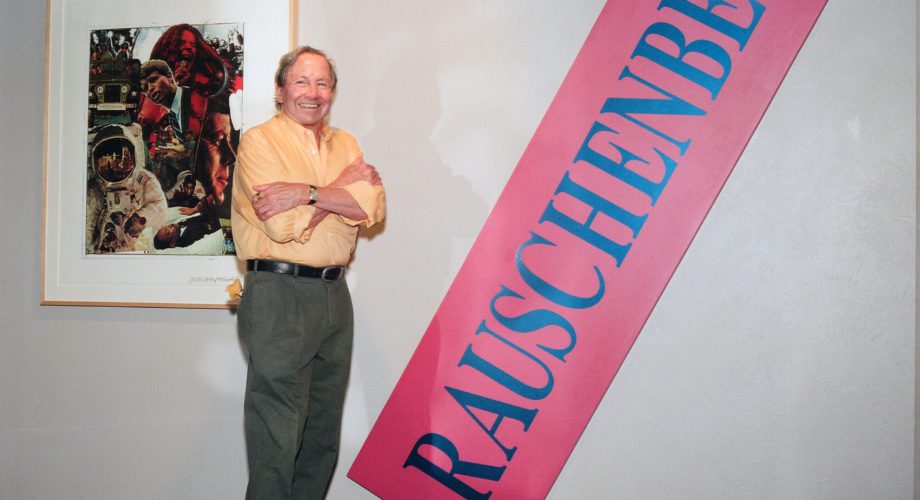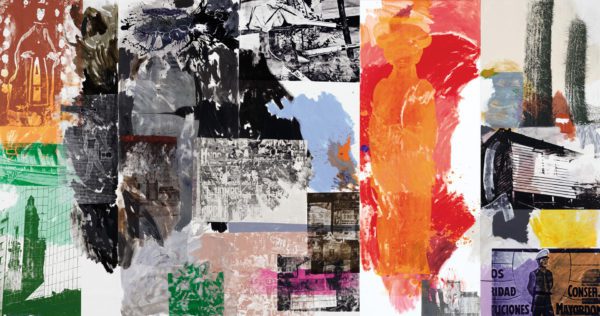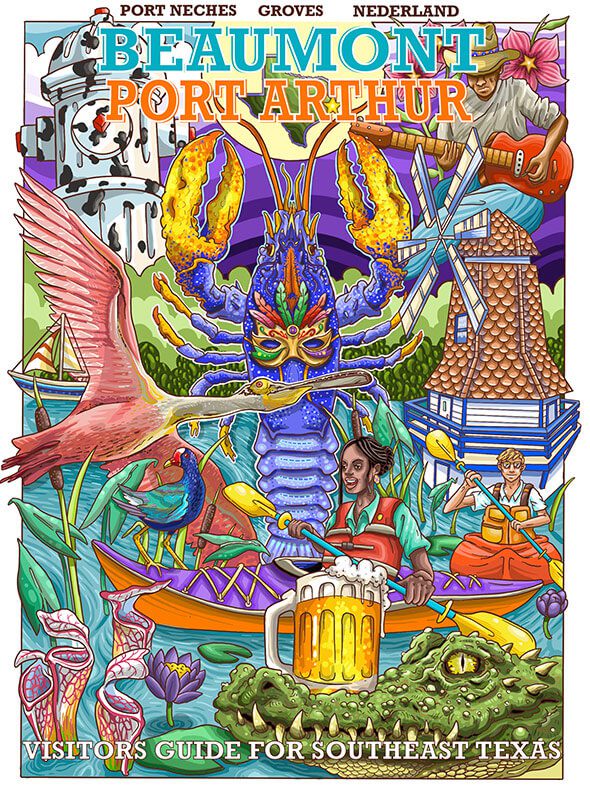Robert Rauschenberg

Robert Rauschenberg
Born: Oct. 22, 1925 in Port Arthur, Texas
Died: May 12, 2008
Artist Milton (Robert) Rauschenberg had no formal art training as a child, but liked to draw and copy the “funnies”. Robert graduated from Thomas Jefferson High School. At 16, Rauschenberg was admitted to the University of Texas, he studied pharmacy at his family’s request. Suffering from Dyslexia, he had trouble in school, and was expelled for letting a frog escape from biology class. That same year, he was drafted into the Navy and stationed in California serving in various medical capacities. His experience tending to the wounded turned him strongly against war and violence.
After the war, he took a job at a swimsuit factory. One of the designers arranged for him to enroll at the Kansas City Art Institute. In 1948, he went to Paris to attend the Academie Julian. He also studied under the exiled former Bauhaus instructor, Joseph Albers.
Rauschenberg had his first one man exhibition at Betty Parsons Gallery in 1951 and was included in the “First Artists’ Annual” featuring Jackson Pollock, Franz Kline, and Robert Motherwell.
Rauschenberg met Jasper Johns in 1954 and they worked closely together until 1962. By the mid 50’s Rauschenberg was making the multi-media “Combines” for which he is best known. He also started working in printmaking, adding the lithography and silkscreen processes to the painting, collage and affixed objects on canvas. His first lithographic work awarded the Grand Prix at Ljubljana in 1963. In that same year, he created and performed his first dance performance “Pelican”. Rauschenberg had always been attracted to dance, which was forbidden by his fundamentalist Christian upbringing. He later went on a world tour with Cage and Cunningham’s Dance Company.
In 1966 and 1967 he founded EAT (Experiments in Art and Technology) with scientists, helped 300 artists with special projects, created his 78″ tall Revolvers, and joined Gemini (GEL), founded by Kenneth Tyler, to work with artists on the cutting edge of technology. He was invited by NASA in 1969 to witness the lift off of Apollo 11 at Kennedy Space Center. Rauschenberg set up the foundation Change, Inc. for destitute artists in 1970.
He continued to create and exhibit throughout the 1980s, with notable accomplishments including his 1983 Talking Heads album design, for which he received a Grammy Award. He began his Rauschenberg Overseas Culture Interchange (ROCI) in 1984 “To introduce the world to itself and contribute to world-wide peace.” Mainly “sensitive” areas were involved in these works, Mexico, Chile, Venezuela, China, Tibet, Japan, Cuba, and USSR.
In 1984, he participated in a show at the Port Arthur Public Library, despite being in high demand internationally. His mother, he noted, was more impressed having his work shown in Port Arthur than she had been when he exhibited at renowned museums in New York and Paris.
In 1985 Rauschenberg was named Sesquicentennial Artist to commemorate the 150th anniversary of Texas as the “state’s most famous artist”. In 2002, he designed the cover of Time magazine’s special double issue on the first anniversary of the 9/11 terrorist attack. It was the fourth time his work was featured on what is arguably the world’s most famous magazine cover.
Content courtesy of the Museum of the Gulf Coast




